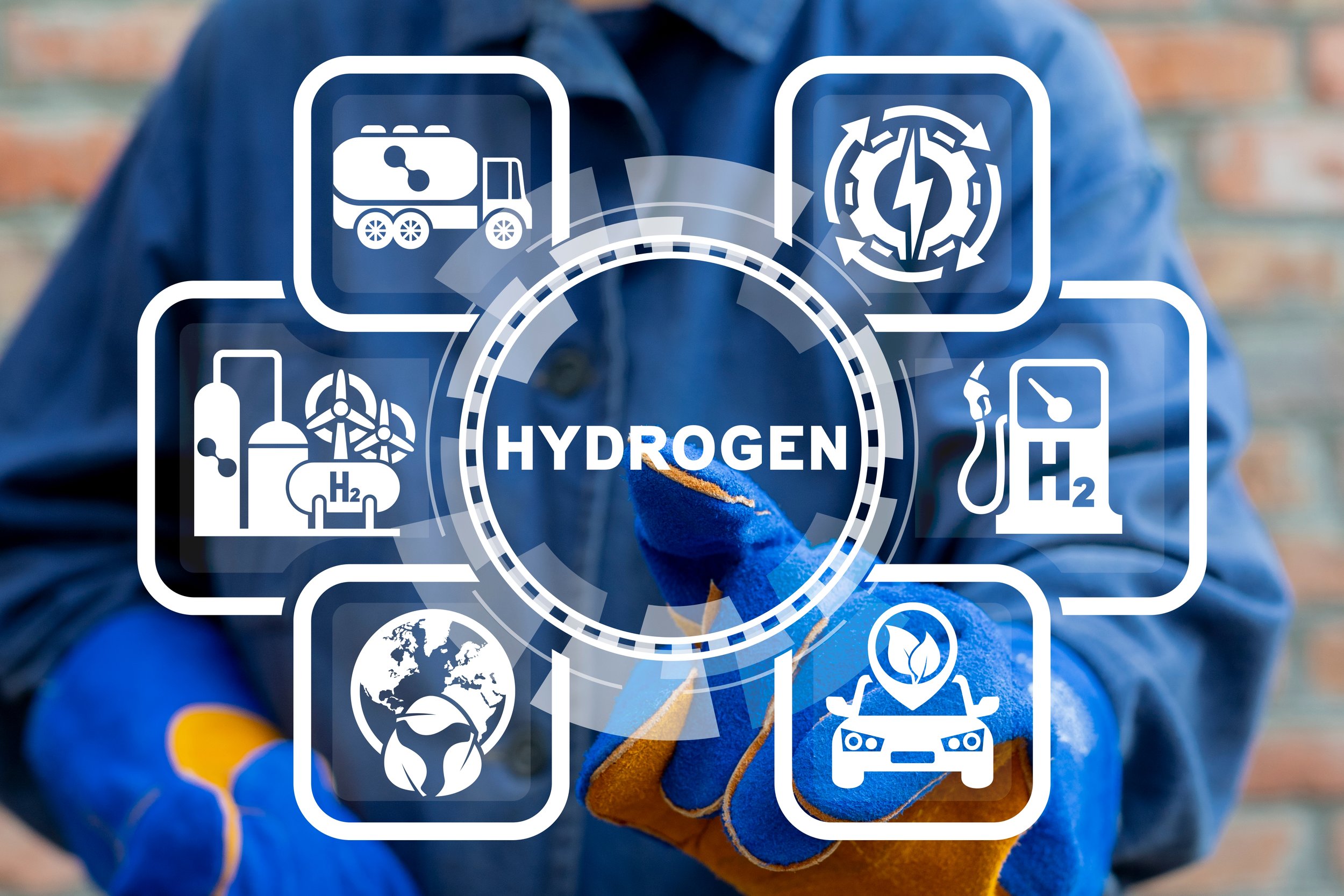The Energy Transition; why safety matters
By Megan Hine, Safe Energy Transition Business Development Manager, Draeger Safety UK
It is clear that the UK’s energy transition is gathering pace, and although there is still a long way to go if we are to achieve Net Zero targets, there is now a clear, and in many areas, rapid direction of travel.
Within this positive development, one of the vital elements to the long-term success of new and renewable energy, as well as advancements in related areas such as carbon capture, is to ensure that safety keeps pace with advances in the renewables sector. #offshore #renewables #energy #DraegerSafetyUK
As well as the need for appropriate safety strategies and regulation to protect the safety and health of those working in the sector, it’s also a vital component to building and maintaining public confidence, ensuring that it continues to be seen as a safe and dependable energy source for the future.
One of the key driving forces is the common misalignment between the perception of new and renewable energy and environmental initiatives such as carbon capture as ‘green, clean and therefore safe’.
The reality is that the risks are often not dissimilar to those seen in legacy industries such as oil and gas, the key difference being that such industries are often seen as dirty, polluting and dangerous, with the consequence being that safety is viewed as a vital consideration, and has, as a result, become mature and well-advanced in these industries.
So, whilst most people might agree that the energy transition should be carried out as quickly as possible, it is essential that safety protocols are developed in tandem, and that sufficient resource and focus is given to doing so. Failure to consider adequately safety elements within the new energy industry may well lead to setbacks which have the potential to harm the overall goal of reducing carbon emissions and protecting the planet for future generations.
Risks must be fully understood, both where they are similar to more established sectors, and where they differ.
If we consider the similarities to traditional energy sectors, these include risks related to confined spaces, explosion and fire hazards, exposure to toxic gases and environments where oxygen depletion may occur; risks which continue to be present across many areas of the new energy and low carbon sectors.
Where new energy technologies differ from the traditional oil and gas sector largely centres around improving our understanding of the unique risks posed by the use of EV batteries and storage of carbon dioxide and other key elements such as hydrogen.
Hydrogen is an interesting example. Now widely considered to be an essential part of the UK’s future energy independence and security, improving education and awareness of hydrogen safety is critical for operators handling hydrogen equipment and for those overseeing its storage and transportation and will require close collaboration between industry and academia.
Megan Hine
Dräger has been working with the University of Aberdeen for several years to support their research into hydrogen and renewable energy, and we believe that collaboration of this kind is essential to enable the development of industry-leading uniform safety protocols and recognised safety standards.
Hydrogen’s colourless and odourless characteristics and wide flammability range in air increase the likelihood of explosive reactions. This emphasises the relevance of safety advancements such as digital connectivity to ensure the protection of employees and other assets. In these situations, improvements in connectivity offer benefits such as live monitoring of gas levels and information displayed in real time via a connected user interface, whilst alarms can be set and ventilation automatically activated if required, or emergency services granted access to the data which allows them to manage an emergency situation.
As far back as 2020, a report by trade union Prospect stated that the rate of lost time to injuries in offshore renewables was four times as high as in offshore oil and gas (itself a high hazard industry). Subsequently, one of the key themes raised in the Dräger 2021 Safety at Work report was concern that safety protocols and regulations in the UK’s renewable energy sector were failing to keep pace with the broader speed of progress within the sector.
There are however some more encouraging indications that as the new energy and low carbon sector matures, it is beginning to recognise the importance of safety; research carried out in 2022 showed that 82 percent of those working in the sector believe that safety has increased in importance compared to the previous year.
The combination of greater awareness of safety issues, at the same time as improvements in safety technology, should be at least partly encouraging for the wellbeing of those who operate in the new energy and low carbon sector. There remains much work to be done, however the direction of travel – as with the sector as a whole – suggests things are heading on the right course.
For more information please visit:


